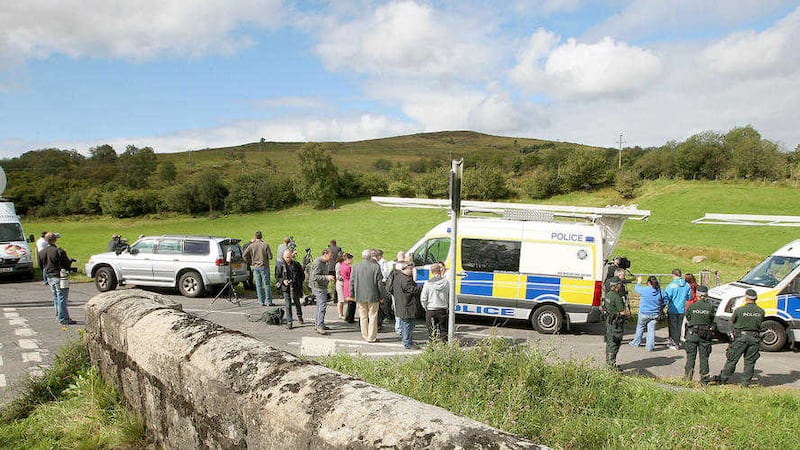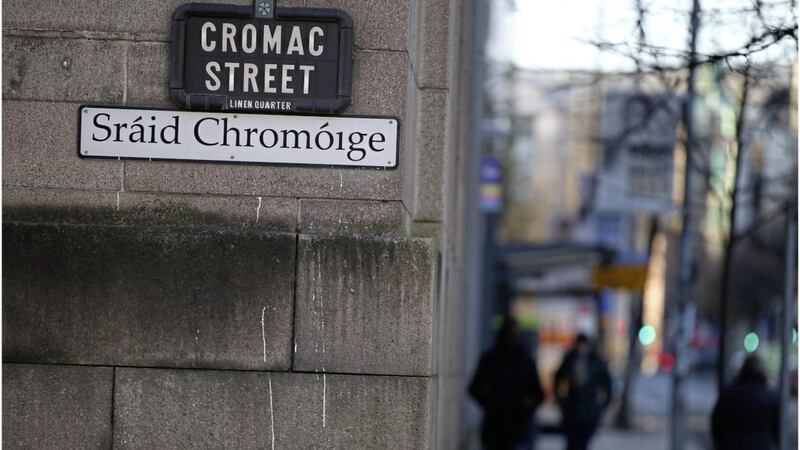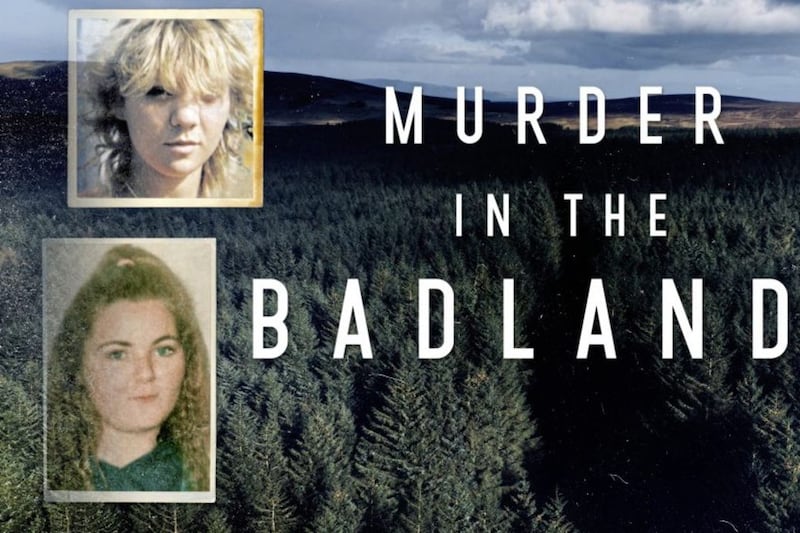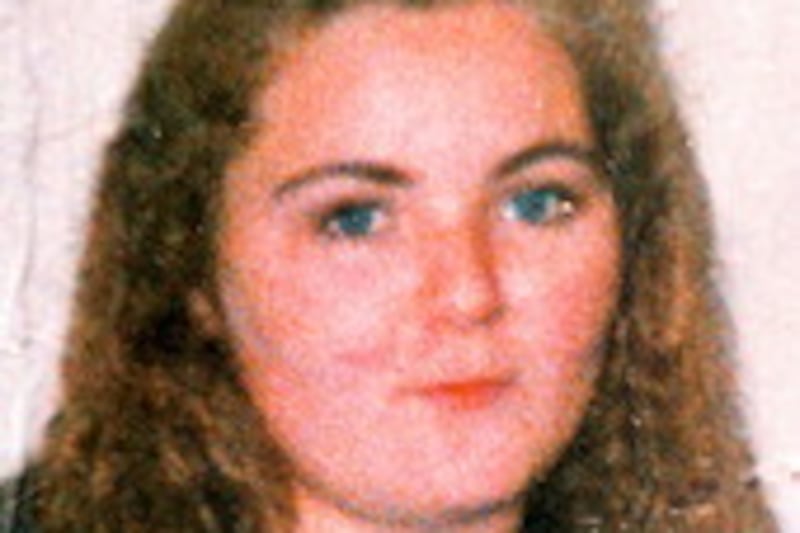SEARCHES for the body of schoolgirl Arlene Arkinson were poorly co-ordinated during the early years of the investigation, the inquest into her death has been told.
Although the work was done diligently, retired police inspector Michael Nugent said they appeared to have been carried out on an ad hoc basis.
He told Belfast Coroner's Court: "There was a lack of co-ordination. My thoughts were a lot of searches were reactive, possibly to information which was provided.
"There was no real strategy."
Fifteen-year-old Arlene from Castlederg in Co Tyrone vanished after a night out across the border in Co Donegal.
She was last seen being driven off during the early hours of August 14, 1994 down a country road with sex predator Robert Howard.
Her body has never been found.
Howard was acquitted of Arlene's murder in 2005 by a jury which, for legal reasons, was not told of his lengthy criminal history, including the killing of south London teenager Hannah Williams in 2001.
The court heard how police and the army scoured some 86 sites between 1994 and 2002.
They included Howard's flat at Main Street in Castlederg, the home of Donna Quinn – one of the last people to see Arlene alive, and controversially, a house belonging to Kathleen Arkinson, a sister of the missing schoolgirl.
Remote locations in Counties Tyrone, Fermanagh and Donegal were also searched.
Mr Nugent, a former PSNI inspector, was not surprised by the lack of coordination, the court heard.
He added that "1994 was a totally different landscape from 2002 when I took over".
"In addition search management techniques had improved immeasurably during that time period," he said.
Mr Nugent worked on the Arkinson case for three months from April to August 2002 – during which time Howard was arrested and charged with Arlene's murder.
As part of his research, he spoke with detectives who worked on the original investigation and liaised with the newly-formed national crime faculty including the unit's behavioural and geographical profilers.
He also spoke to archaeologists from Queen's University and visited the site in Surrey where Hannah Williams' body had been dumped.
"I thought it was invaluable," said Mr Nugent.
"I was able to establish exactly where the body had been deposited and see the proximity to the nearest road and the seclusion of the area. It was of great benefit, looking forward, to carrying out future searches."
Following his review, Mr Nugent commissioned a search in an area known as the Killeter Holy Well in Co Tyrone.
He said: "This one was a physical fit from the Hannah Williams deposition site."
Although bones and a rib cage were found, forensic analysis showed they were not human, it was claimed.
Meanwhile, the court was told the inquest could conclude hearing oral evidence in one or two days.
Coroner Judge Brian Sherrard told legal representatives he would take some time to consider the evidence before formally closing the case.
He said findings would be delivered in due course.
The inquest has been adjourned until a date to be fixed.








